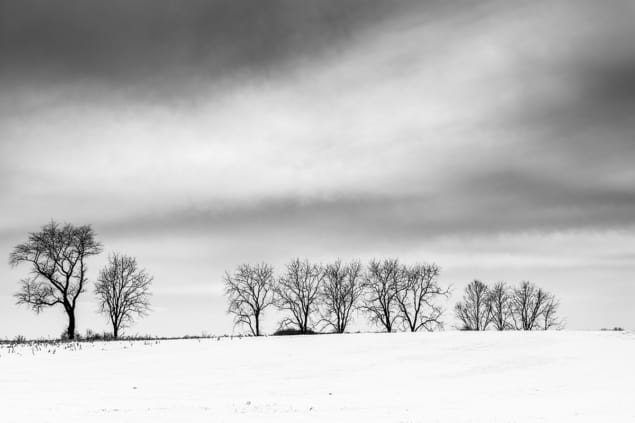
1. It’s dark at the North Pole in winter. Fortunately, Santa’s reindeer have exceptional eyesight. Which wavelengths of light can they see? A Ultraviolet B Infrared C Microwave D All of the above
2. In 2019, researchers at the University of Manchester calculated that these same reindeer would burn 5.4 x 1013 J of energy per second while pulling Santa’s sleigh on its all-night supersonic Christmas flight. How many carrots would they need to consume to refuel? A 9.1 x 1012 B 1.2 x 1015 C 7.5 x 1018 D 5.8 x 1021
3. Speaking of amazing animal feats, in July this year, a team of researchers calculated that the rectal pressure of a certain snow-dwelling creature can be as much as 28.2 kPa – enabling it to fire off its faeces at nearly 8 km/hr. What is it? A Polar bear B Penguin C Arctic fox D Partridge (in a pear tree)
4. The Jewish festival of Hanukkah (celebrated this year from 10–18 December) commemorates an occasion in the 2nd century BCE when a single jar (1 Greek amphora ~ 38.3 L) of sacred olive oil burned for eight days instead of one. What was the approximate carbon footprint of this miracle? A 117 kg CO2 B 306 kg CO2 C 720 kg CO2 D 948 kg CO2
5. Which famous physicist was (according to the old Julian calendar) born on Christmas Day? A Galileo Galilei B Johannes Kepler C Isaac Newton D Gottfried Wilhelm Leibniz
6. Physicists love to quantify things – six quarks, four fundamental forces, three flavours of neutrino, etc. etc. But how many “hallelujahs” are there in Handel’s Hallelujah Chorus? A 18 B 23 C 54 D 72
7. If a holiday fruitcake were as dense as a white dwarf star, what would be its approximate mass? A 1 x 104 kg B 1 x 106 kg C 1 x 108 kg D 1 x 1010kg
8. If you’re dreaming of a white Christmas, but the (dry bulb) temperature outside is hovering around 2 °C, how low must the humidity fall before snow can be made artificially? A 5% B 25% C 40% D 50%

Rock, paper…plastic? A quiz about pop songs and bands linked to materials
9. Which scientist was the first person to manufacture an artificial snowflake? A Wilson “Snowflake” Bentley B Nathan Myhrvold C Ukichiro Nakaya D Frank Zamboni
10. And finally, what was the diameter of the largest natural snowflake ever recorded? A 6 cm B 17 cm C 24 cm D 38 cm
Stuck on the questions? We’ll provide the answers in the new year.
Update: As promised, here are the answers: 1 A 2 C 3 B 4 C 5 C 6 D 7 B 8 B 9 C 10 D



